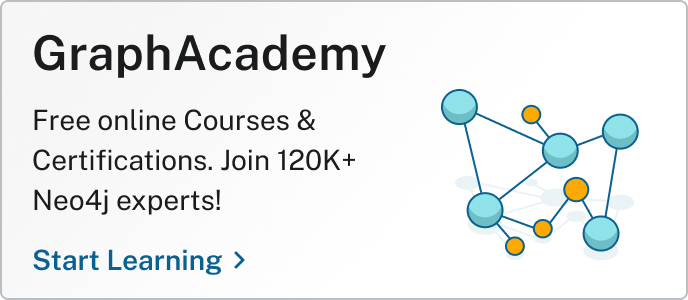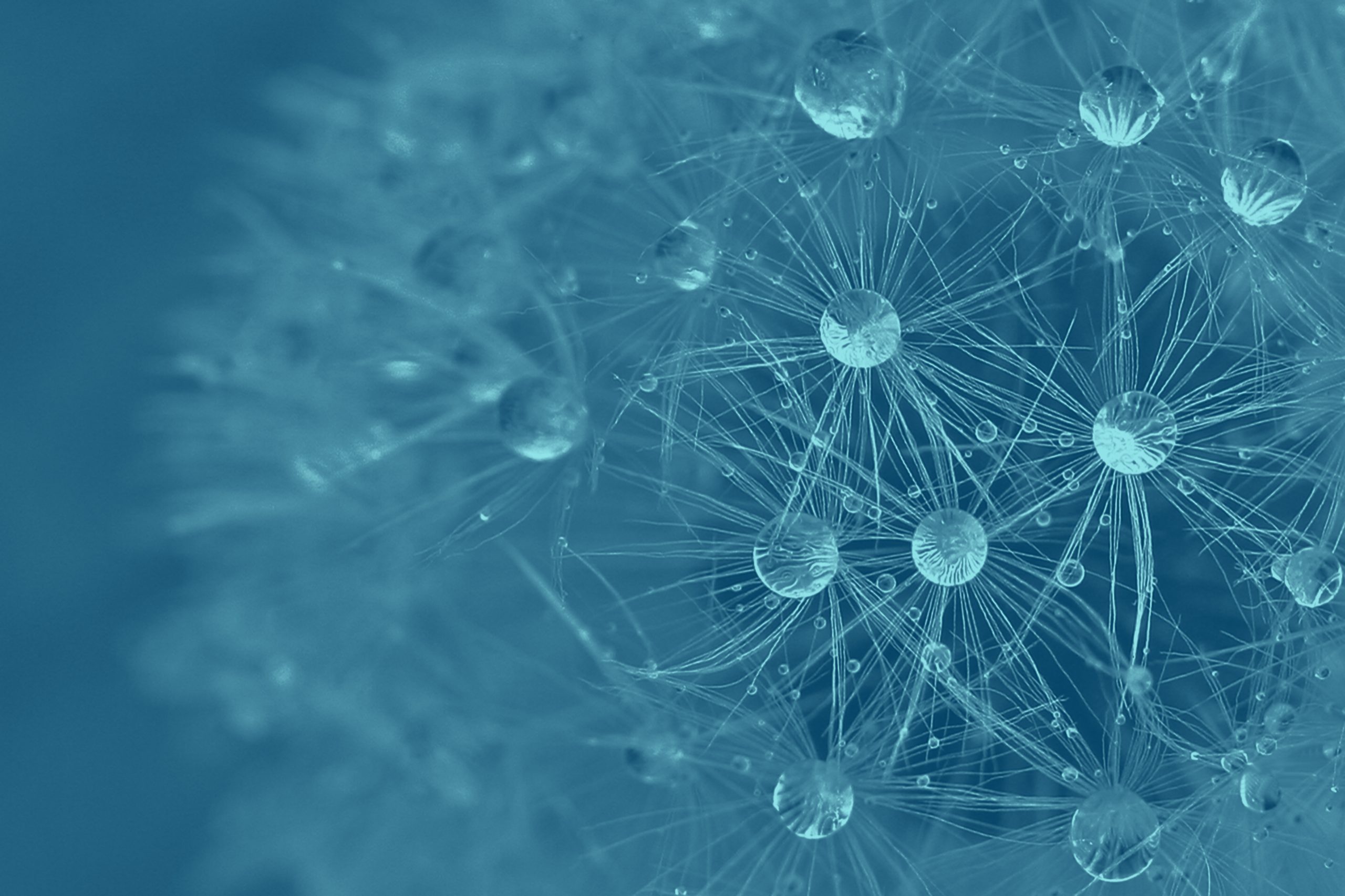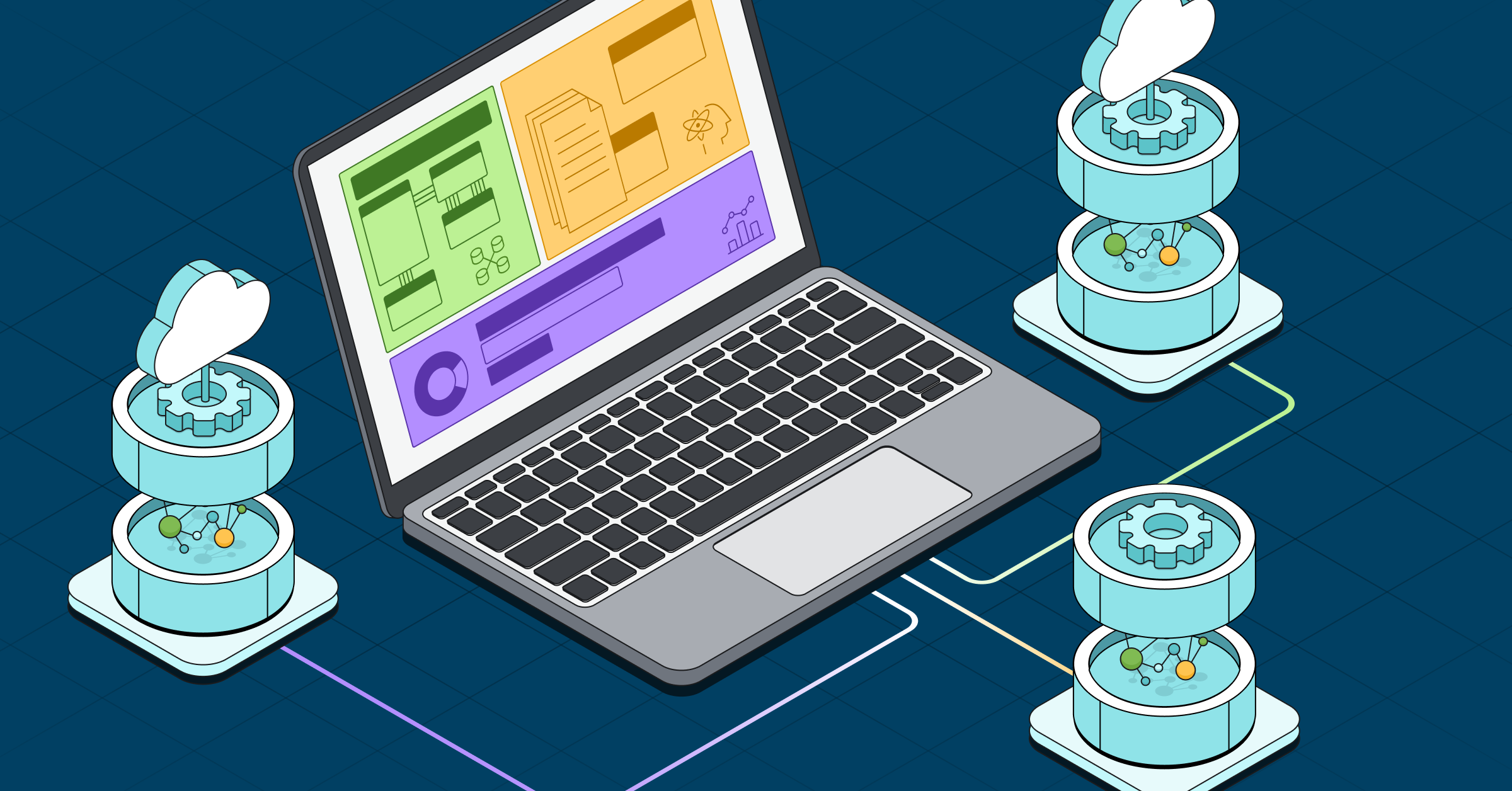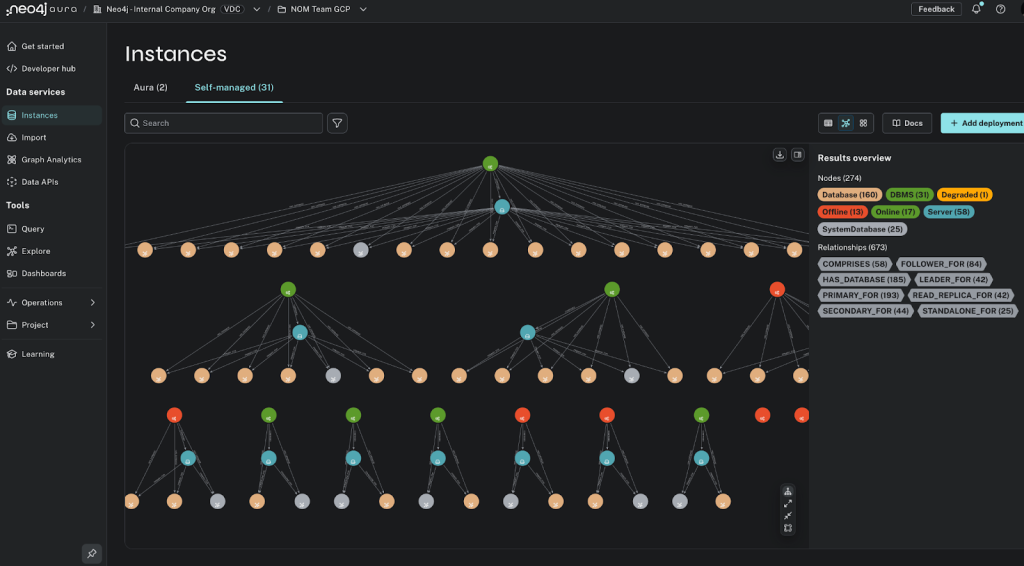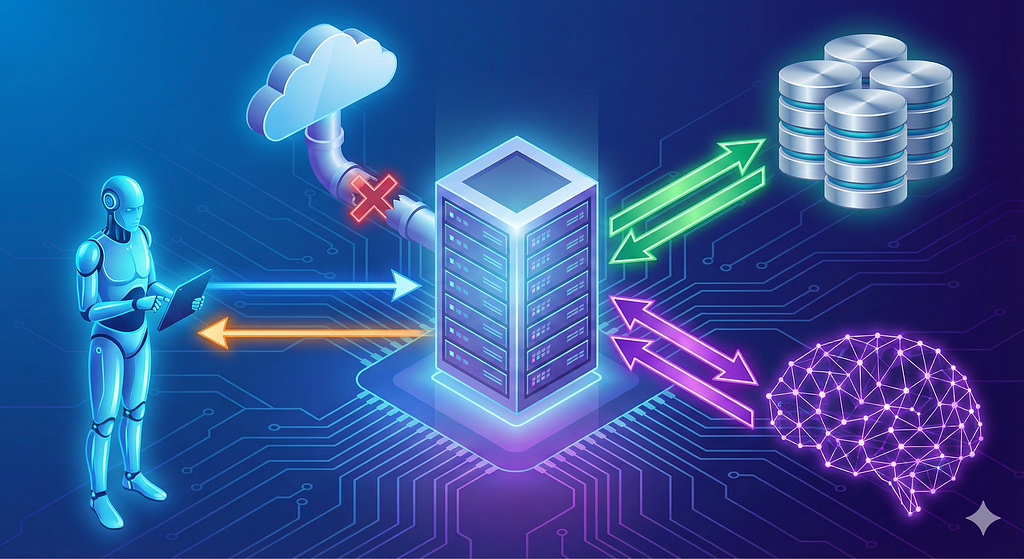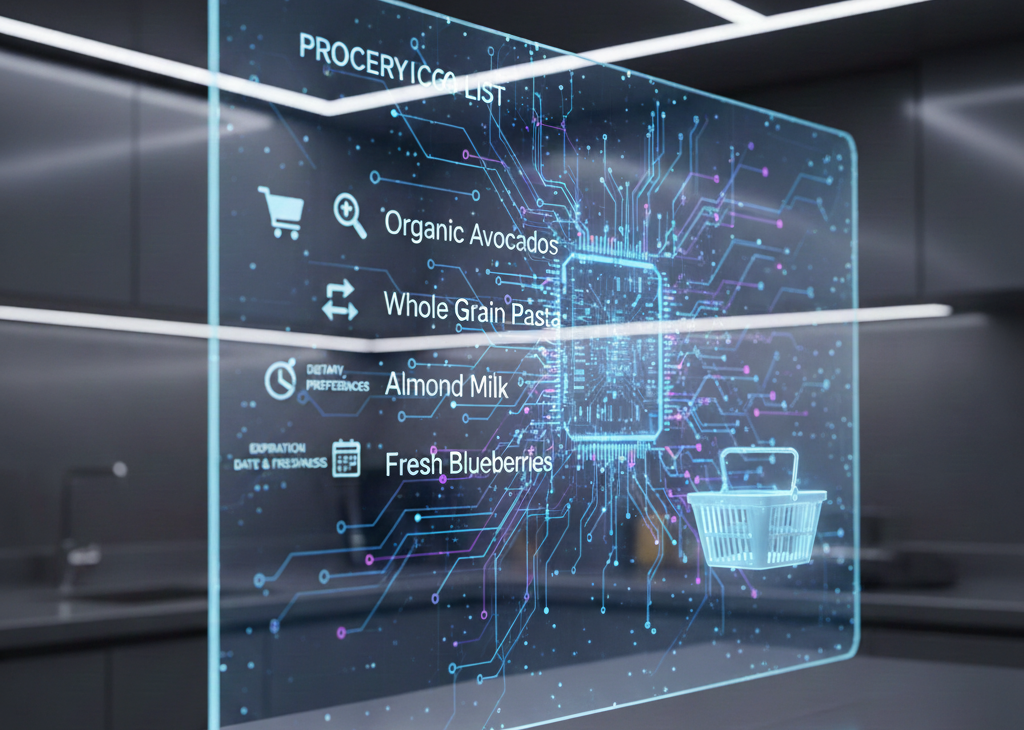Google Cloud & Neo4j: Teaming Up at the Intersection of Knowledge Graphs, Agents, MCP, and Natural Language Interfaces
5 min read

We’re thrilled to announce two transformative innovations emerging from the collaboration between Google Cloud and Neo4j. First, two new Text2Cypher models, built on Google’s cutting-edge Gemma 3 architecture, effortlessly translate natural language into Cypher queries, unlocking rich insights within Neo4j knowledge graphs. Second, a joint collaboration between Google Cloud and Neo4j enhances Google’s MCP Toolbox for Databases, empowering developers to build agentic applications that seamlessly integrate diverse database tools, including those powered by Neo4j. Together, these innovations underscore our shared commitment to shaping the possibilities of modern AI and knowledge graph technology.
A Powerful Text2Cypher Model, Available on Vertex AI Model Garden
We’re excited to announce the availability of two new Text2Cypher models, built on the recently released Gemma 3 model. These models, fine-tuned on Google’s Gemma 3 4B and 27B architectures, enable developers to unlock even greater value from their knowledge graph data stored in Neo4j.
The fine-tuned Gemma 3 4B model is ideal for developers looking to run powerful AI models on consumer-grade hardware, while the fine-tuned Gemma 3 27B model is optimized for enterprise developers requiring higher throughput and advanced capabilities on larger-scale systems. Both models deliver superior performance compared to earlier-generation Text2Cypher models, ensuring a seamless user experience.
Starting today, these Text2Cypher models are available to deploy directly from Model Garden on Vertex AI. In just a couple of clicks, developers can serve the models and test them with their own Neo4j database instances.
In addition, the new Text2Cypher Gemma 3 4B model and Text2Cypher Gemma 3 27B model, along with the Text2Cypher training dataset, are publicly available on Hugging Face, making it easier than ever to integrate advanced natural language processing into Neo4j-powered applications.
Fine-Tune Text2Cypher With 35,000 Pairs of Queries
The new Text2Cypher model has been meticulously trained to generate Cypher queries using an open source dataset consisting of 35,000 pairs of natural language questions and their corresponding Cypher queries. Each training example includes detailed information about the database schema, which steers the model to produce node labels, relationship types, and properties available on the target database. Key features include:
- Schema-aware training: The training dataset incorporates schema details—such as node labels, relationship types, and their properties—to ensure the generated queries align with the underlying database structure.
- High performance: Both the 4B and 27B models exhibit exceptional performance, surpassing the results of previous models, and are well-suited for various development scenarios, from individual applications to enterprise solutions.
- Both models exhibit performance on par with our own Neo4j Text2Cypher, powering the popular Query tool in Aura. This means you get reliable, efficient, and accurate natural-language-to-query generation.
A Trusted Open Source Model to Streamline Natural Language Querying
At Neo4j, we’re deeply committed to addressing our customers’ needs. Over the past year, we’ve had numerous conversations with enterprise customers building modern applications that use knowledge graphs and demand natural language interfaces. These customers shared a common challenge: the need for a trusted open source Text2Cypher model to streamline the process of querying graph databases using natural language.
The new Text2Cypher models are designed to meet this need. They are particularly well suited for graph retrieval-augmented generation (GraphRAG) applications, which power cutting-edge chat assistants, search tools, and agents. The new Text2Cypher models empower developers to accelerate the development of graph-powered solutions.
Rapid Deployment From Model Garden on Vertex AI
Thanks to our close collaboration with the team at Google Vertex AI, customers can deploy our new Text2Cypher models in minutes. They are super-easy to deploy to a Vertex AI endpoint. Here’s how to do it:
1. Head over to Model Garden on Vertex AI
Before you start, make sure you have access to a Google Cloud Platform project. You’ll be deploying the model to a Google Vertex AI endpoint under this project.
Navigate to Model Garden on Vertex AI “Featured partners” > HuggingFace model section. Click Select a Project.

2. Find the new Neo4j Text-to-Cypher models
In Filter by Name, type “Neo4j.”

3. Choose your Text-to-Cypher model
Click either the 4B or 27B model.
4. Deploy the model to a Vertex AI endpoint
Select a Region, verify deployment settings, and click Deploy.

The deployment may take 5-15 minutes depending on your chosen model and settings.
Once the Vertex AI endpoint deployment completes, you can customize this Google Colab Notebook to try out the model.

Build AI Agents With Google’s MCP Toolbox and Neo4j Knowledge Graphs
Last year, after the inaugural GenAI Graph Gathering, Google Cloud Staff Software Engineer Kurtis Van Gent and Neo4j Head of Product Innovation Michael Hunger discussed the challenges of building agentic and RAG systems. The need for better infrastructure for database integration had become obvious, and the Google Cloud team built the GenAI toolbox (now MCP Toolbox) for Databases to alleviate that issue, which they launched publicly in February 2025. With the early addition of Cypher-based tools and Neo4j sources, GenAI developers can now integrate knowledge graphs into their agentic GraphRAG applications.
In the presentation below, Kurtis and Michael discuss the challenges of agentic and RAG systems and how Google’s MCP Toolbox addresses them. They also demonstrate a low-code way to build an investment research agent using a knowledge graph in Neo4j.
In an accompanying blog post, Michael explores the key concepts behind agentic systems and the pivotal role of knowledge graphs in more detail.
Developers will find step-by-step instructions on building an investment research agent that can retrieve the latest relevant information—including news and insights on investors, competitors, partners, and industries. The agent seamlessly integrates technologies from LangChain, Google’s MCP Toolbox, Neo4j, and Diffbot. Developers can use dedicated GraphRAG tools (with Cypher queries) to surface the relevant context of this complex domain to the agent’s reasoning and answering capabilities.
MCP Toolbox recently also added support for Model Context Protocol (MCP) so tools for Neo4j and other databases can be added to MCP applications and was rebranded in the process.
Live Demos at Google Cloud Next 25
You can experience the future of graph interaction at Google Cloud Next 25, where our team will be happy to show you how Neo4j and Google are teaming up to power the next generation of AI and cloud innovation. Stop by our Neo4j booth to see live demonstrations and chat with our experts about how Neo4j can help solve your graph data challenges.
And if you won’t be at Google Cloud Next 25, no problem. Check out the following resources:
- T2C Gemma 3 4B model and T2C Gemma 3 27B model on Hugging Face
- Introduction to Google’s GenAI Toolbox for Databases
- Build AI Agents With Google’s GenAI Toolbox and Neo4j Knowledge Graphs (includes all the source code to build the investment research agent)
- Get Started With GraphRAG: Neo4j’s Ecosystem Tools
- Introducing Gemma 3: The Developer Guide
Join Us at Google Cloud Next 25
Stop by the Neo4j booth to see live demos and chat with our experts.



